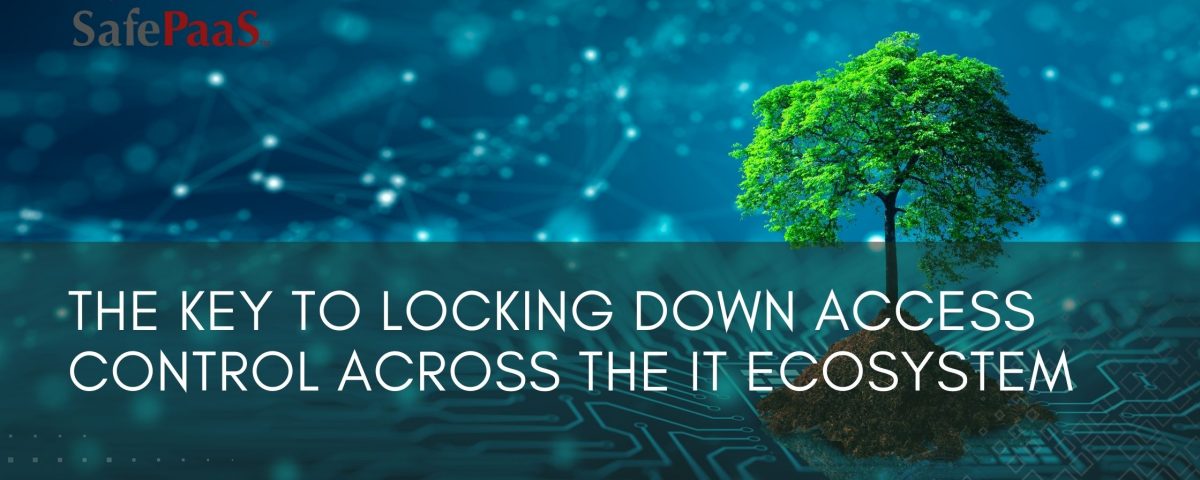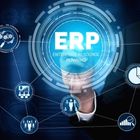Locking down access control across the IT ecosystem


The key to locking down access control across the IT ecosystem
As business becomes increasingly digital, there is a need for access solutions to identify users regardless of how or where they engage with your company. Regulators have attempted to respond to risk from the proliferation of user identities and cyber risk by increasing the number and frequency of audits. However, a complex applications and infrastructure landscape exacerbates the difficulty in meeting these new requirements.
One of the crucial strategies in responding to these challenges is ensuring your identity and access controls are strong and operating effectively. It’s also essential to have complete visibility into identity and user access, in particular, who has access to ERP applications and transactions, privileged access, and any possible segregation of duties (SoD) conflicts.
To accomplish these tasks, you need an access control solution to manage your mix of on-prem, SaaS, and custom or legacy applications across various environments.
What is access control?
Access control is a security method that controls who can view or use resources in your computing environment. Access control is a central component of most compliance programs. It ensures security and access control policies protect confidential information, such as employee and customer data. Most organizations have solutions and policies that restrict access to networks, computer systems, applications, files, and sensitive data.
Types of access control
The following are the principal models of access control :
Role-based access control (RBAC) is a widely used access control that restricts access to resources based on jobs or groups rather than the users' identities. The role-based security model relies on a complex structure of role assignments, authorizations, and permissions to regulate user access to systems.
Attribute-based access control (ABAC) manages access rights by evaluating rules, policies, and relationships using the attributes of users, systems, and environmental conditions.
Policy-based access control (PBAC) is a strategy that combines RBAC and ABAC for managing user access to systems, where the business role of the user is combined with policies to determine what access privileges users of each role should have. PBAC is capable of scaling and builds on to your existing IAM, while providing access control according to context-based policies.
Securing access – easier said than done
In today's dynamic business environments and multi-application landscapes, the automation of identity access governance ensures ongoing compliance with regulations and policies for cyber security, data privacy, and SoD.
A few access solutions on the market provide access governance for EPR applications, but most don't integrate with other identity solutions like your, IAM, ITSM, or active directory. Another problem these solutions present is that they don't provide fine-grained access and SoD capabilities, meaning they only provision access or perform SoD analysis at the role level.
Many organizations use point solutions to handle their access control challenges. However, those solutions don’t integrate with your other applications, servers, and databases, creating obstacles during your audit. IT systems that require an audit are those systems that impact your financial reporting. Typically these systems are your:
- ERP
- ITSM
- IAM
- HCM
- CRM
- Procurement
- Database
Another factor adding to the complexity of ensuring key financial applications have appropriate access controls is the proliferation of SaaS and custom applications that also end up in the scope of your audits. Auditors also expect these applications to have appropriate access controls and SoD review.
Many organizations rely on manual controls for key applications in their audits, exporting reports and sending them for laborious manual approvals via email. Trusting error-prone manual controls to protect you and your critical systems and data from threats is a gamble. Organizations relying on manual controls face the risk of audit qualification, misstatement, or worse.
The solution
Today's businesses are not static – people come and go, change departments, and change roles – without an automated solution, the provisioning and de-provisioning of access becomes challenging. And performing these tasks manually is not only costly but time-consuming.
An all-in-one automated identity governance platform makes provisioning and removing access easier, mitigating the risk of SoD violations, privileged access misuse, and data breach or loss.
Other benefits of an automated IGA platform include the following:
Reduce human error
Automation allows for fewer mistakes. An effective solution will restrict access to authorized users and identities, making errors that can lead to data breaches more challenging.
Decrease IT workload
Automation and self-service solutions allow the IT department to focus on what matters rather than deal with access requests and password management.
Improve end-user productivity
An automated solution allows users to focus on their daily tasks without waiting for approvals, increasing productivity.
Simplify audit and compliance
Automated solutions of identity access governance make it easier to comply with the required policies, and user and identity behavior can be tracked in the system.
Eliminate de-provisioning chaos
Users are frequently given access but rarely have access taken away when they change roles. Accumulation of access may lead to the users gaining access to sensitive data that can be misused or leaked. An automated system makes it easier to remove access, mitigating security risks and the risk of a data breach or loss.
Other benefits include:
- Increase convenience
- Reduce security risk
- Protect sensitive data in real-time
- Eliminate repetitive tasks
- Eliminate channels for bad actors
- Increase operational efficiency
By streamlining access control across the IT landscape, organizations can boost operational efficiency and ensure ongoing compliance, saving time and reducing costs. As your business grows, looking for a scalable solution that can grow with you is pivotal.
How SafePaaS can help
SafePaaS is a leading platform of fine-grained access governance solutions with seamless integrations into tier-one ERP systems and industry-leading applications. SafePaaS offers:
- Automated fine-grained provisioning and de-provisioning
- Policy-based access controls
- Fine-grained periodic user access reviews/certification
- Automated workflow and audit trails
- Seamless integration with IDM, ITSM, ERP and other applications
- Cloud-based
- Audit analytics
- Governance and compliance capabilities
- Continuous monitoring around privileged accounts and super users
Ready to lock down your access control policies?
Recommended Resources

Policy-based Identity Governance Guidebook
Many organizations grapple with IGA processes, like creating and managing roles, assigning and reviewing access entitlements, and handling access requests. The primary cause is that organizations follow the wrong approach to IGA, particularly around creating and managing roles.

Getting Access Certification right
The IGA market is struggling today because the products that came to the market two decades ago were built on the concept of role-based access controls. That was a fallacy because there was a problem with that model. Roles are not static; they are constantly changing

Inefficiencies in User Access Request Management
There are four threats to your ERP that user access request management poses. These four threats center around various types of user accounts and privileges: Orphan accounts, rogue accounts, entitlement creep, and privileged user accounts.

